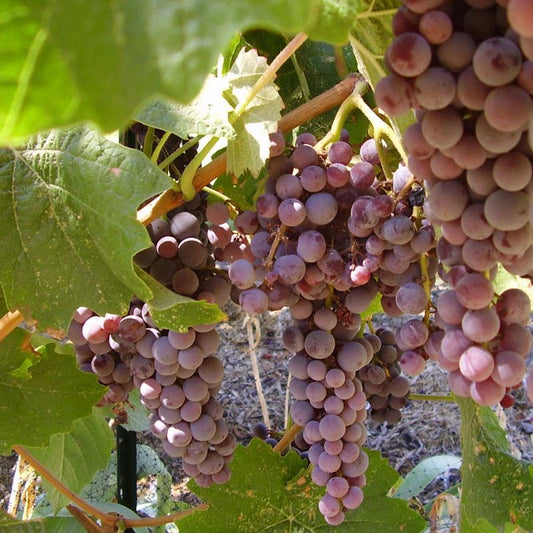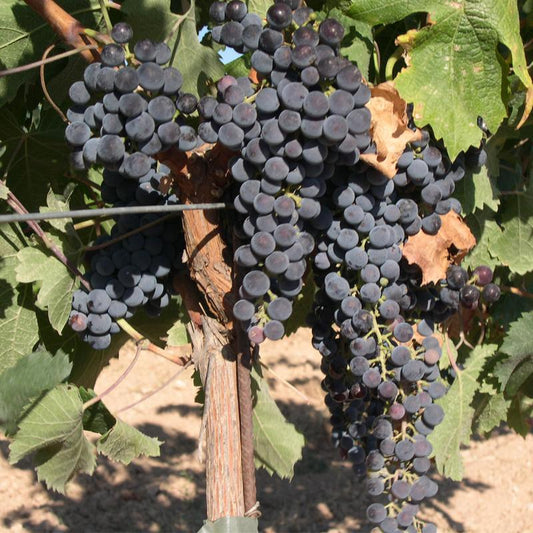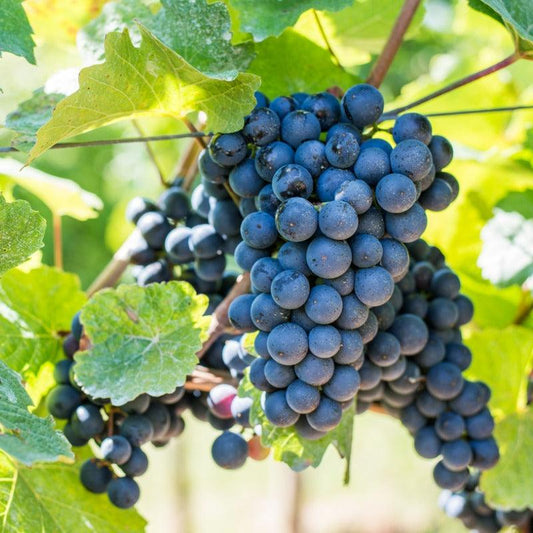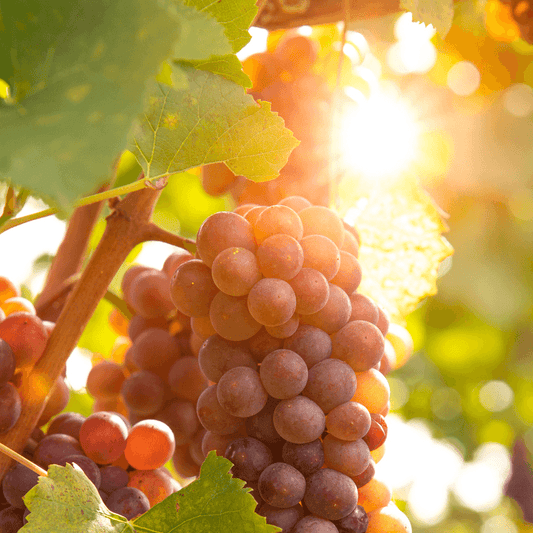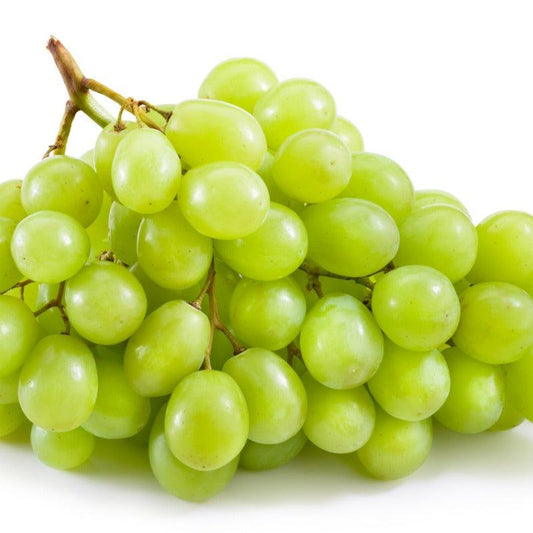Exploring the World of Grape Vines: A Comprehensive Guide
Grape vines have been cherished for centuries, offering both delicious fruit and ornamental beauty. Today, gardeners can choose from a wide selection of organic grape vines that promote sustainable growing practices. Whether you're a seasoned grower or just starting out, understanding key factors such as sunlight, soil health, root care, and the growing season is essential for success. For those ready to start a backyard project or vineyard, there are high-quality organic grape vines for sale to suit various climates and preferences.
Introduction to Grape Vines
Grape vines boast an illustrious history, with cultivation dating back to ancient times when they were cherished for winemaking and enjoyed as fresh fruits. Today, organic grape vines are highly prized for their versatility, not only for their delicious fruit but also for their ability to adorn gardens and provide shade. If you're looking to start your own vineyard or garden, exploring organic grape vines for sale is the perfect way to begin your grape-growing journey. These vines are grown without synthetic pesticides or fertilizers, making them a healthy and sustainable choice for both you and the environment. Understanding the fundamental elements that contribute to the success of organic grape vines is essential for a fruitful harvest, whether you're growing for wine production or simply enjoying fresh grapes.
Selecting the Right Grape Vines
Before delving into the details of growing grape vines, it's crucial to choose the right variety for your specific needs. Our collection offers a diverse selection, ensuring you find the perfect fit for your garden. Varieties like the Thompson Seedless, Flame Seedless, and Concord are among the options, each with its unique flavor and characteristics.
Growing Seasons for Grape Vines
Get started with grape growing by downloading our comprehensive Grape Growing Guide.
Understanding the growing seasons is pivotal for successful grape cultivation. Grape vines typically thrive in warm climates and require specific conditions to produce an abundant harvest. The ideal growing season for grapes spans from spring to fall, with the peak of growth occurring during the warmer months. During this period, the vines undergo crucial stages such as bud break, flowering, fruit set, veraison, and finally, ripening.
- Bud Break: This marks the beginning of the growing season when the buds on the grape vines start to swell and eventually open. It's a delicate stage that is susceptible to late spring frosts.
- Flowering: As the weather warms up, the vines enter the flowering stage. Small, inconspicuous flowers appear, and pollination takes place, laying the foundation for the development of grapes.
- Fruit Set: Following successful pollination, the grapes start to form. This stage is crucial, as the number of grapes set during fruit set determines the potential yield.
- Veraison: This is a significant turning point in the grape-growing process. The berries change color, indicating the onset of ripening. Green grapes transform into red, purple, or white, depending on the variety.
- Ripening: The final stage involves the full maturation of the grapes, acquiring the desired sweetness and flavors. This is the time when grape clusters become ready for harvest.
Sunlight Requirements for Grape Vines
Grape vines are sunlight enthusiasts and thrive when exposed to ample sunlight. Full sun is a key requirement for the healthy growth of grape vines and the production of high-quality fruit. When selecting a location for planting your grape vines, ensure they receive at least 6 to 8 hours of direct sunlight daily. Adequate sunlight not only fosters vigorous growth but also enhances the sugar content and flavor of the grapes.
Root Care: Soaking the Roots for Success
The success of your grape vines is deeply rooted in the care you provide to their root systems. Before planting, it's advisable to soak the roots of bare-root plants in water for several hours. This helps rehydrate the roots and kickstarts the growth process. Additionally, a well-prepared planting hole with loose, well-draining soil contributes to healthy root development.
After planting, regular watering is essential, especially during the initial stages of growth. Adequate moisture supports the establishment of the root system, ensuring the vines receive the nutrients needed for robust growth and fruit production.
Vines Grow and Spread: Understanding Their Habits
Grape vines are known for their vigorous growth and spreading habits. Understanding these characteristics is crucial for proper vine management. Vines grow and spread through lateral shoots, commonly referred to as canes. Pruning is a key practice to control the growth and shape of the vines.
- Training the Vines: In the early stages of growth, it's essential to train the vines by selecting the strongest and healthiest canes. These canes are then secured to a trellis or support structure.
- Pruning: Pruning is a vital aspect of grape vine care. It involves removing excess growth, dead wood, and undesirable canes to enhance air circulation and sunlight exposure. Proper pruning not only controls the size of the vine but also promotes the development of quality fruit.
- Support Structures: Providing support structures such as trellises or arbors is crucial for the vertical growth of grape vines. These structures not only aid in training the vines but also ensure proper air circulation, reducing the risk of diseases.
Hardiness Zones and Grape Vines
Understanding the hardiness zone of your location is essential when selecting grape vine varieties. Hardiness zones provide information about the average minimum winter temperatures in a specific region. Different grape varieties are adapted to specific hardiness zones, ensuring they can withstand the winter cold without sustaining damage.
It's advisable to choose grape vine varieties that are well-suited to your hardiness zone. This ensures the vines can endure winter conditions and emerge healthy and vibrant in the following growing season.
Enjoying the Fruits of Your Labor
The ultimate reward of growing grape vines is the bountiful harvest of delicious grapes. Grapes produce fruit in abundance during the ripening stage, offering a variety of uses. From fresh consumption to winemaking, grape vines provide a versatile fruit that can be enjoyed in numerous ways.
- Fresh Consumption: Fresh grapes make for a delightful and healthy snack. Whether red, green, or purple, the burst of sweetness and juiciness is a treat for the taste buds.
- Winemaking: For those interested in winemaking, harvesting grapes at the right moment is crucial. Different grape varieties contribute distinct flavors and characteristics to the wine, allowing for a diverse range of wine production.
- Preserving and Cooking: Grapes can be preserved through canning or drying, and they also lend themselves well to various culinary endeavors. From jams and jellies to desserts and sauces, the possibilities are vast.
Cultivating a Vineyard of Success
Growing bare root grape vines is a rewarding journey that requires understanding the nuances of their growth, care, and fruit production. Whether you're a seasoned grape enthusiast or a novice gardener, success begins with providing the right conditions—ample sunlight, well-drained soil, proper root care, and strategic pruning. Just as important is a strong support system to guide the vines as they grow and ensure good air circulation, which helps prevent disease and promotes healthy fruit development.
If you're looking to start or expand your vineyard, consider exploring organic grape vines for sale. These environmentally friendly options are cultivated without synthetic chemicals, making them a healthier choice for both you and the ecosystem. High-quality organic grape vines, including popular varieties like Vitis vinifera, are often available as bare root stock—ideal for spring planting. Be sure to plant the vines early in the season, positioning them at the base of your trellis or arbor to give them the best possible start.
With a wide range of grape varieties available, each offering unique flavors and characteristics, you can cultivate a thriving vineyard and enjoy the fruits of your labor for years to come.
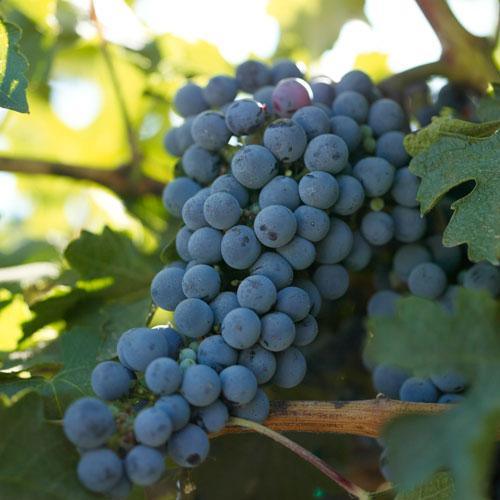 Sold out
Sold out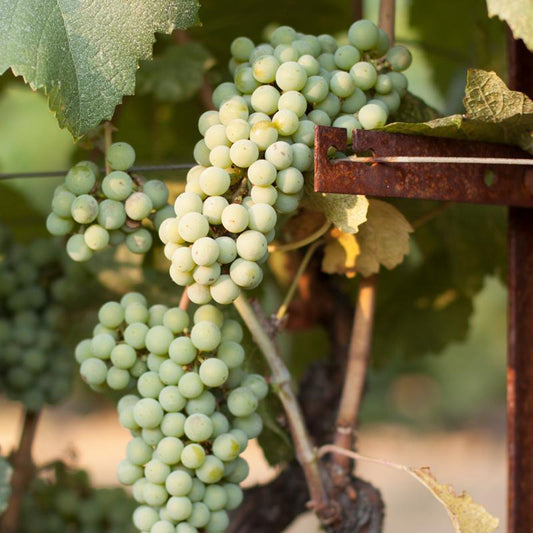 Sold out
Sold out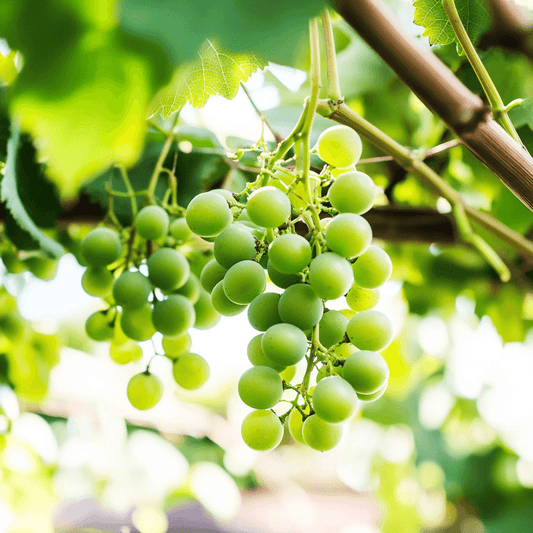 Sold out
Sold out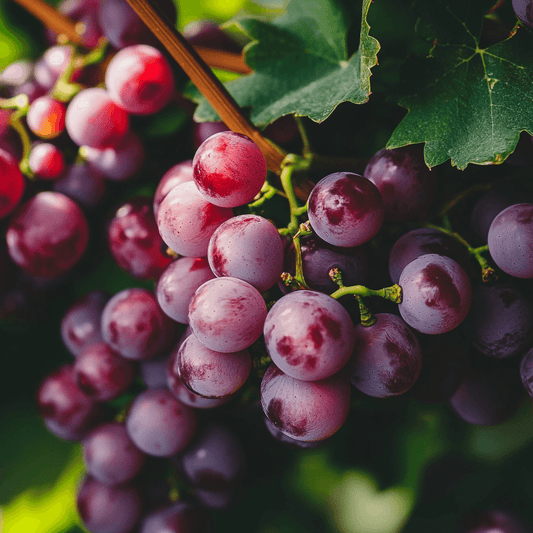 Sold out
Sold out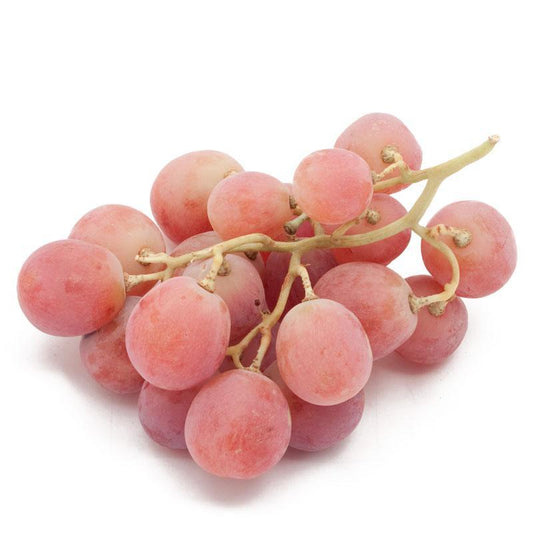 Sold out
Sold out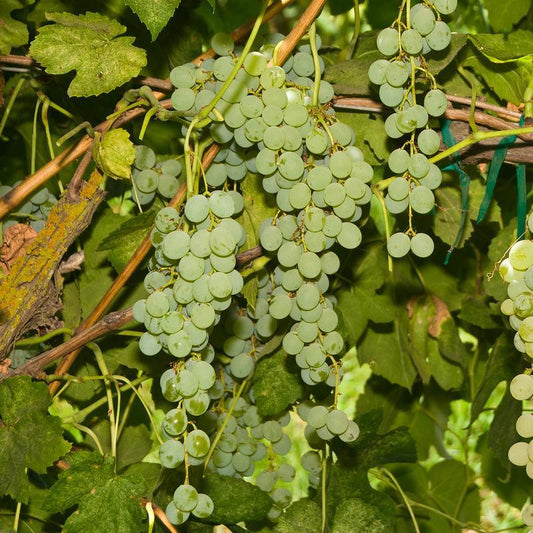 Sold out
Sold out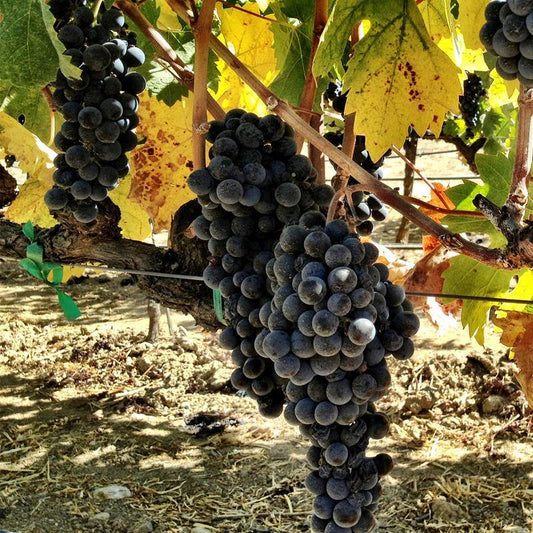 Sold out
Sold out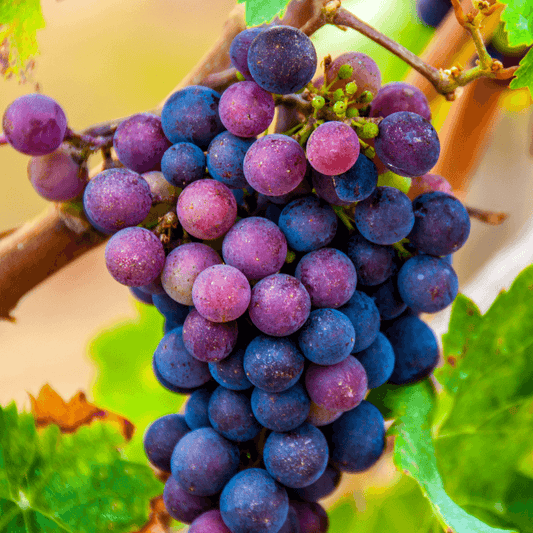 Sold out
Sold out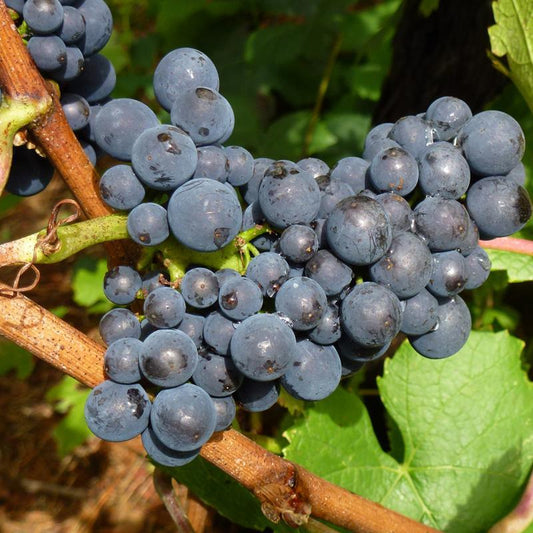 Sold out
Sold out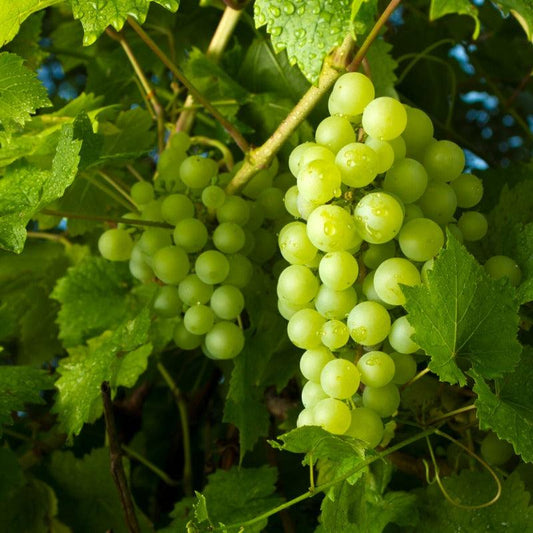 Sold out
Sold out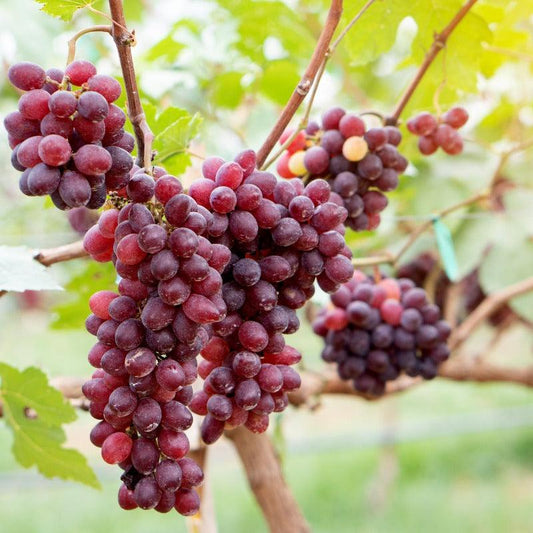 Sold out
Sold out




